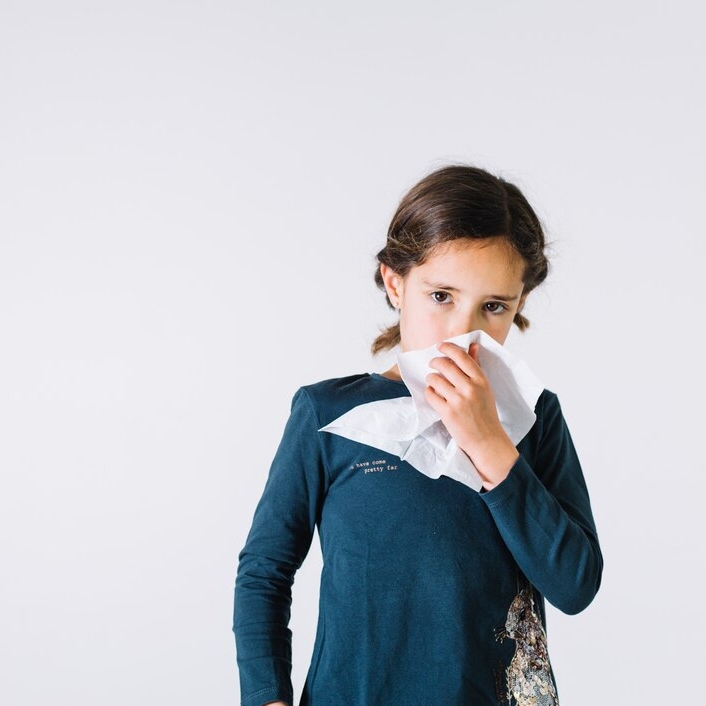Hemophilia is a rare genetic disorder that impairs the blood’s ability to clot properly, leading to prolonged bleeding and an increased risk of hemorrhage. Early diagnosis and treatment are crucial for managing this condition effectively. Recognizing the early signs and symptoms of hemophilia in children can help ensure timely medical intervention and improve outcomes. Here’s an overview of the early indicators to watch for:
1. Unexplained Bruising
One of the most common early signs of hemophilia is unusual or excessive bruising. Children with hemophilia may develop large bruises from minor bumps or injuries that would typically cause only small bruises in others. These bruises might appear in unusual places, such as the back, legs, or arms, and can sometimes be accompanied by swelling.
2. Frequent Nosebleeds
Frequent or prolonged nosebleeds without an obvious cause can be an early indicator of hemophilia. Children with this condition may experience nosebleeds that are difficult to stop and may last longer than what is typical for most children. If nosebleeds occur frequently and are hard to manage, it’s important to consult a healthcare provider.
3. Excessive Bleeding from Cuts or Injuries
Children with hemophilia may experience excessive bleeding from cuts, scrapes, or minor injuries. The bleeding may not stop as quickly as expected and may be more severe than usual. This prolonged bleeding can be a sign that the blood is not clotting properly and may require medical attention.
4. Joint Swelling and Pain
Hemophilia can lead to bleeding within the joints, known as hemarthrosis. This often causes joint pain, swelling, and stiffness, which can limit mobility. Parents might notice that their child is reluctant to move a joint or complains of discomfort in the knees, elbows, or ankles. Frequent joint swelling or pain, especially without a clear injury, should be evaluated by a healthcare professional.
5. Blood in Urine or Stool
Another symptom to watch for is the presence of blood in the urine (hematuria) or stool. Children with hemophilia might have blood in their urine or stools, which could indicate internal bleeding. This symptom requires prompt medical evaluation to determine the cause and appropriate treatment.
6. Unusual Bleeding after Dental Work
Children with hemophilia might experience prolonged or excessive bleeding following dental procedures. While some bleeding is normal after dental work, if a child continues to bleed or has difficulty stopping the bleeding, it could be a sign of hemophilia.
7. Prolonged Bleeding after Vaccinations
Post-vaccination bleeding is another potential symptom of hemophilia. If a child experiences prolonged bleeding or bruising at the injection site after receiving a vaccine, it’s essential to consider hemophilia as a possible cause.
Recognizing the early signs and symptoms of hemophilia in children is crucial for ensuring timely diagnosis and management. Unexplained bruising, frequent nosebleeds, excessive bleeding from cuts, joint swelling, blood in urine or stool, unusual bleeding after dental work, and prolonged bleeding after vaccinations are all potential indicators of hemophilia. If any of these symptoms are observed, it’s important to seek medical advice from a healthcare professional who can perform appropriate tests and provide a diagnosis. Early intervention and treatment can help manage the condition effectively and improve the quality of life for children with hemophilia.










